How to get rid of weeds on the site forever - proven methods
Every summer resident and gardener is familiar with the problem of weeds. Frankly speaking, there are no easy, quick and at the same time effective methods to resolve the issue once and for all. The article provides folk and professional ways to get rid of the grass on the site, their pros and cons.

Where do weeds come from
Fly, fly, and they all appear, even on the beds that have been cultivated for several years. Probably not a single gardener asked the question: why? The answer is simple. It is not possible to completely get rid of some of the weeds due to the vitality of the latter, and some of them enter the garden from the outside.

This happens mainly in three ways.
- Downwind. The most famous weeds of this type are dandelion, lettuce, tartar, and cross. Moreover, it should be noted that the seeds are held in their baskets quite tightly, only a very strong gust of wind is able to pull them out of there, capable of carrying a small seed to a decent distance.
- With manure and poultry droppings. This is how shiritsa, chicken millet, bristles get to the garden plot. Thanks to the protective shell, their seeds are not digested in the digestive tract of animals.
- With deep digging. So the seeds of many plants can appear on the garden bed. At a depth of more than 15 cm, they do not even think to rise. Field mustard seeds remain viable for up to 10 years, woodlice - 30 years, white marie - 40 years.

Advice. By what kind of weeds you have, you can judge the condition of the soil. Wormwood prefers overdried, moist buttercup, and plantain heavy and dense soil, and with high acidity, woodlice and wheatgrass like slightly acidic soil.

How to remove grass from a site
Weeding
This refers to the traditional weeding, bent over with handles.
Pros:
- Effective against annual weeds.
- When carried out regularly, it gives, although not long-term, but a good effect.
- It removes almost all weeds.
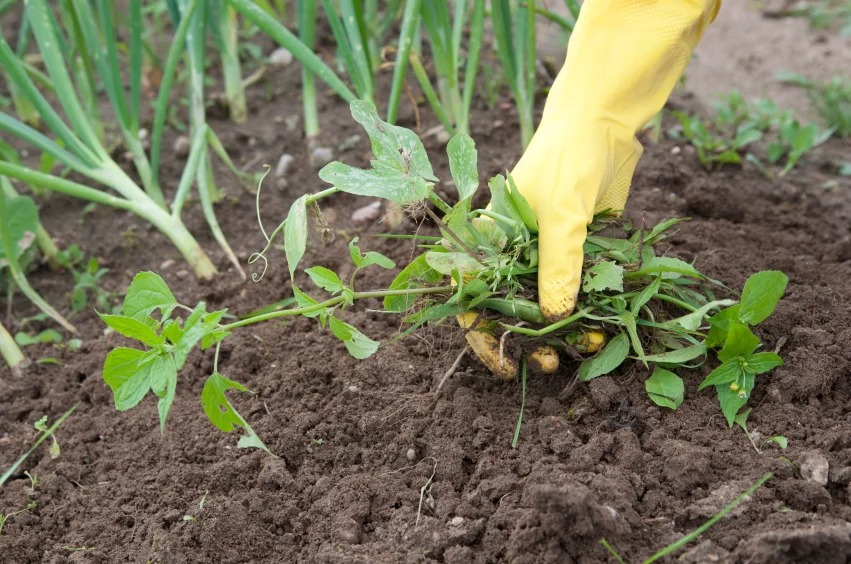
Minuses:
- It is very hard physically. Monotonous, exhausting work. Do you get very tired.
- One person cannot overpower a large area.
- Elderly summer residents, as well as people with poor health, will not be able to master a couple of beds.
- Requires regularity and time consuming. You miss it once, then it is much harder.
- You cannot get rid of weeds with a powerful root system. From the remaining piece of root, the weed will germinate again.
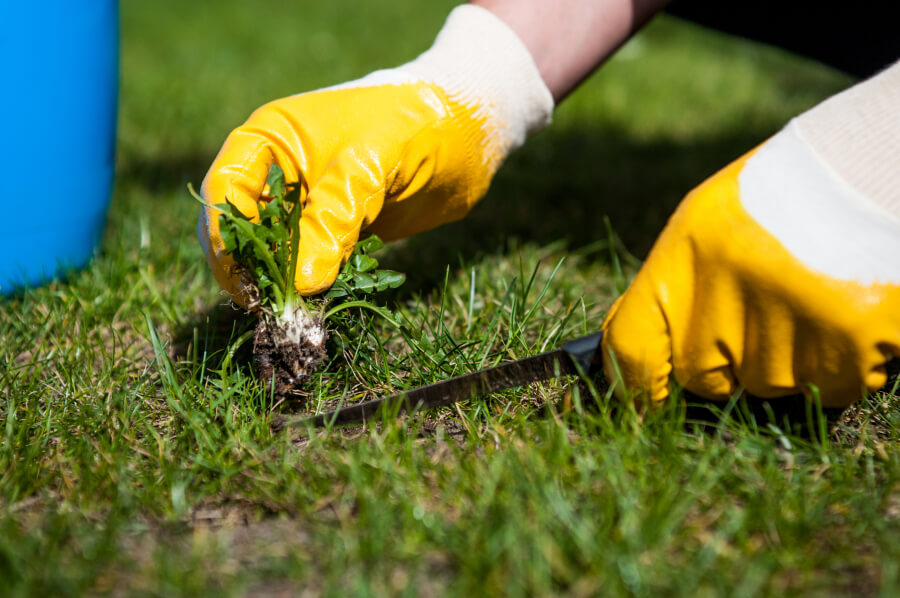
Mulching
This is the name for covering the soil around useful plants with a protective layer. It prevents the sun's rays from reaching the soil. The role of mulch can be played by film, stones, expanded clay, sawdust, peat, straw and cut grass.
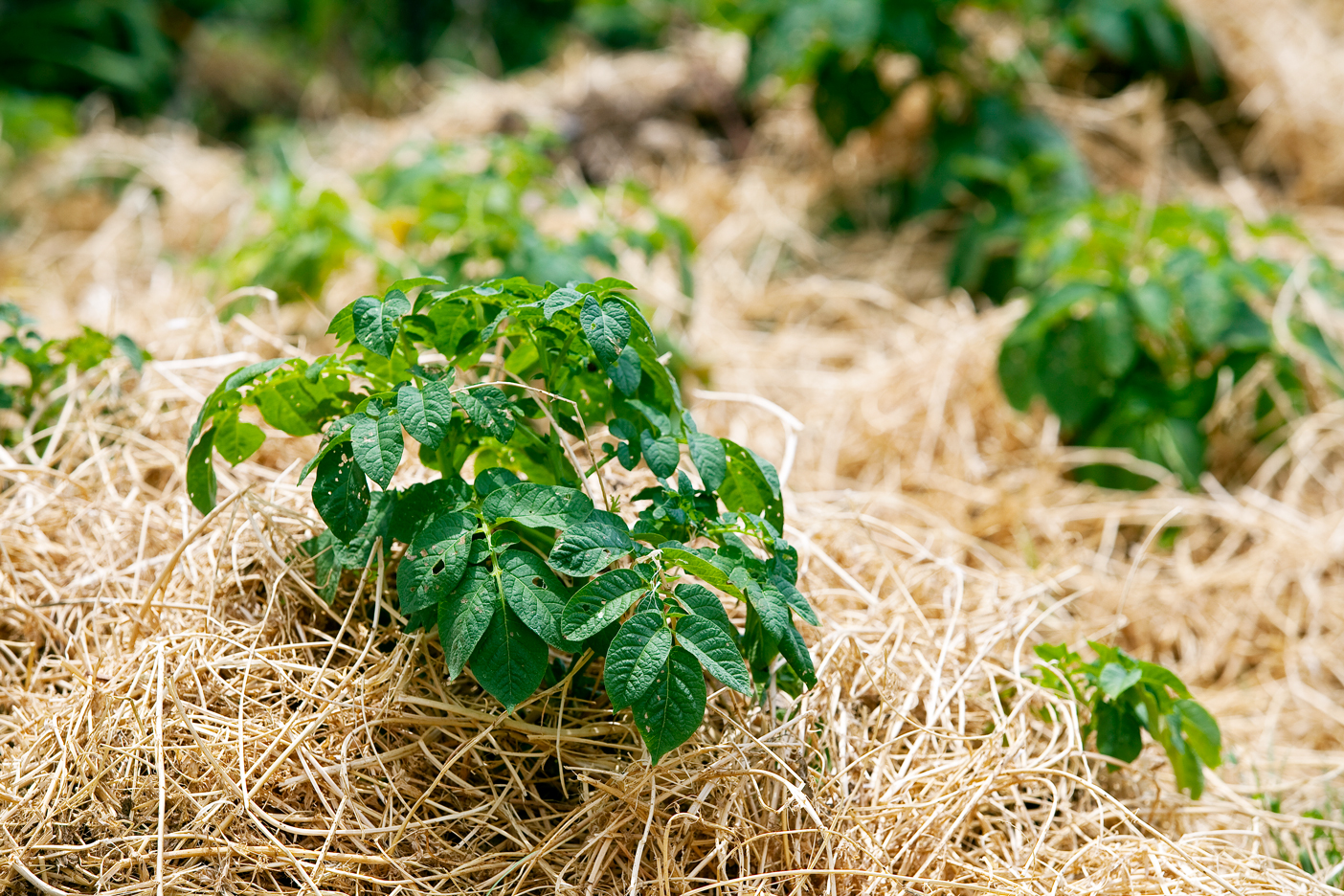
Advice. It is very important to choose the right mulch. For example, sour sawdust or grass with seeds are completely unsuitable for this.
Pros of mulching:
- Well protects the earth from corrosion, drying out and weathering. Moisture evaporation slows down when mulching. Organic mulch absorbs it when watering and gradually releases it in dry times.
- Keeps berries and fruits clean. They do not get dirty on the ground, although it is still worth washing before use.
- Improves the composition of the soil, enriches it with nutrients. The advantage does not apply to all varieties of mulch.

Minuses:
- Promotes the reproduction of pests. Under the film, slugs feel good, mice can run secretly, moles can crawl out.
- Changes the composition of the soil for the worse, for example, reduces the nitrogen content or makes the soil more acidic.
- If the laying is not correct, the mulch layer begins to rot and rot, rotting beneficial plants.

Loosening the soil
This is the name of its mechanical treatment, which increases air access. In this case, the layers of earth are not turned over. You will definitely not get rid of weeds with the help of loosening. Conversely, root trimming will stimulate the growth and development of weeds. There is no point in talking more about this method of tillage in the article on weed control.

Chemical control methods
How to destroy the grass on the site forever? Herbicides, the so-called chemicals that either kill weeds, or negatively change their normal growth.

Advice. Be sure to use personal protective equipment when working with chemistry, many herbicides are dangerous not only for weeds, but also for animals and humans.
Herbicides are divided into the following groups:
- Selective. They damage only weeds, do not affect cultivated plants.
- Non-selective. Chemicals of mass destruction, poison all plants.
- Presowing. Used before weeds germinate. Effective against annuals.
- Postemergence. They remove the grass that is already growing. They have an effect only on the treated parts of the plants, they do not cover the entire area. Help against perennials.
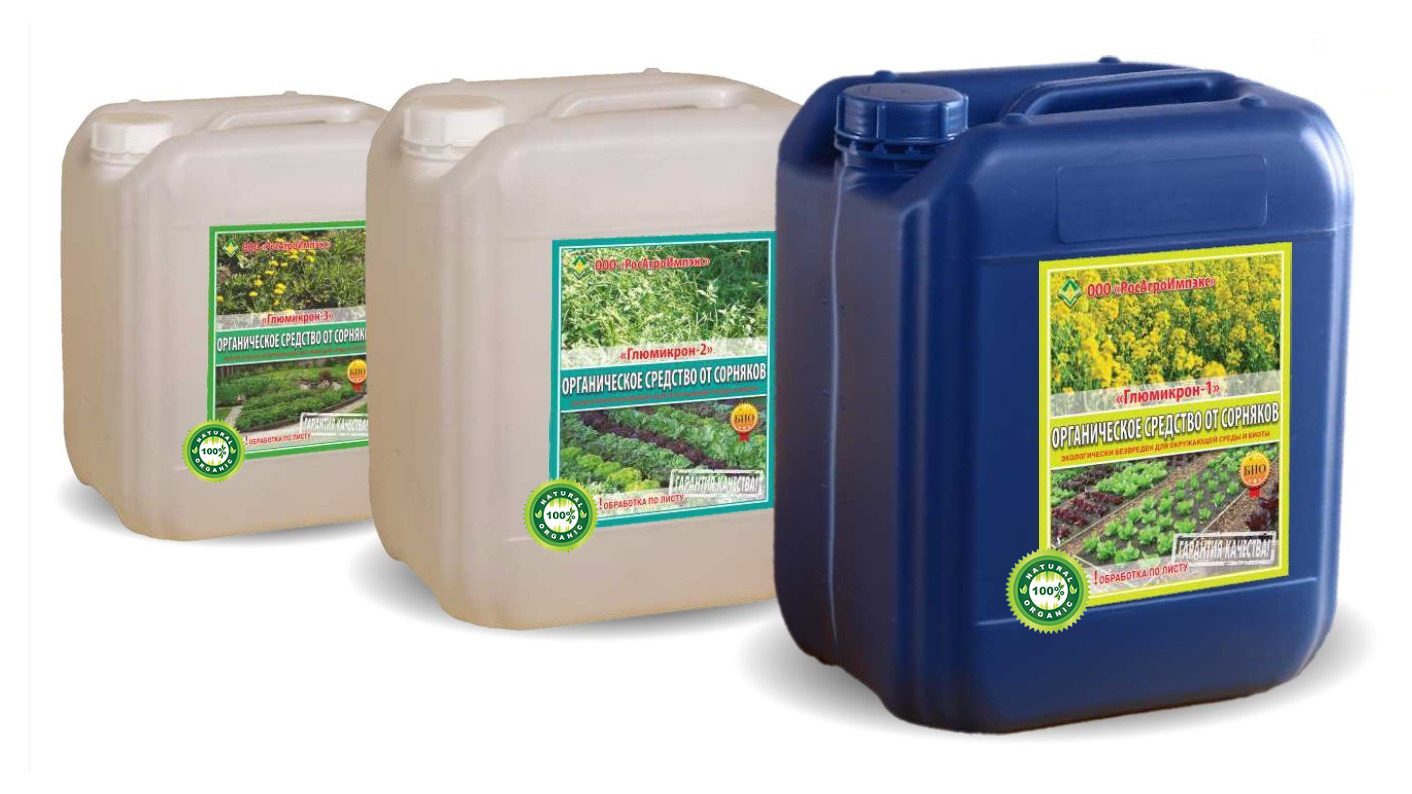
Herbicides are applied either to the foliage or to the soil. Post-emergence preparations carry out foliar feeding. Presowing plants are applied to the ground. The form of release of soil herbicides is liquid or granules.

Now about the specific means.
- Lapis lazuli. Systemic herbicide. Well protects potatoes, soybeans and tomatoes from cereals and perennial weeds. Cannot be used on sandy soils with a low (less than 1%) humus content.
- Roundup. Non-selective herbicide. Works under any conditions. Powerless against not germinated weed seeds.
- Tornado. Broad-acting herbicide. Suitable for killing all types of weeds. Effective against weeds.
- Hurricane. Non-selective herbicide. Good against nettle, thistle, bindweed. If used carelessly, it can poison garden crops. Recommended for use in early spring and during periods of maximum weed activity.
- Glyphos. Has a broad effect.Its main advantage, according to manufacturers, is its low toxicity to animals and humans. You don't have to worry about cats walking around the garden.
- Rap, VP. Systemic herbicide. It can be used in the cultivation of almost all agricultural crops. Can be applied before sowing. Well displays field bindweed, creeping wheatgrass, pig.
- Lontrel. Has a selective activity. Effective against annual growth and weeds. It destroys dandelion well.
- Titus. Kills cereals and most dicotyledonous weeds. Low toxicity. It poses no threat to pets.
Advice. Before buying weed control chemicals, read the instructions for them very carefully, the indications and contraindications, as well as how to apply. Otherwise, you can ruin your garden.
Folk remedies for weed control
We will tell you how you can remove the grass on the site without chemicals. We will mention the most popular methods:
- Boiling water. They are actively watered with weeds on the paths and in the garden. Despite its simplicity, the method is quite effective. Just do not burn yourself.

- Salt. Prepare a solution of one part salt and three parts water (1: 3), add a little soap to it. Then they are carefully brought into the garden. Avoid spillage on garden crops.

- Salt and vinegar. Add a pack of salt and 500 ml to a 10 liter bucket of water. table vinegar plus a glass of liquid dish soap. The resulting solution is sprayed with weeds.
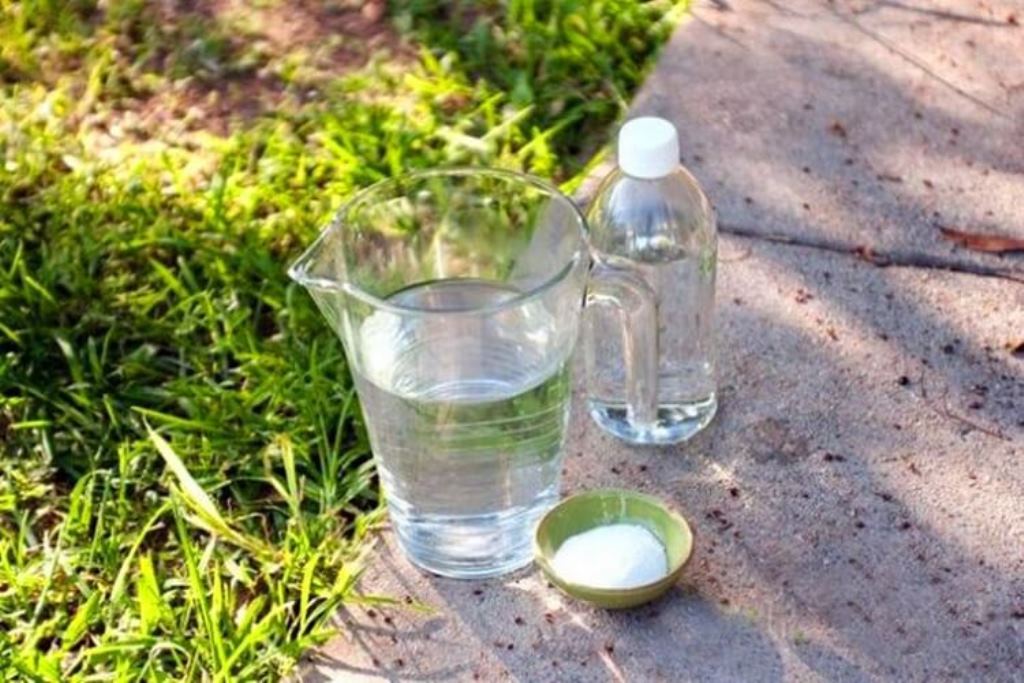
- Soda. At least 5 tablespoons of baking soda per liter of water. The resulting solution is shed with weeds.
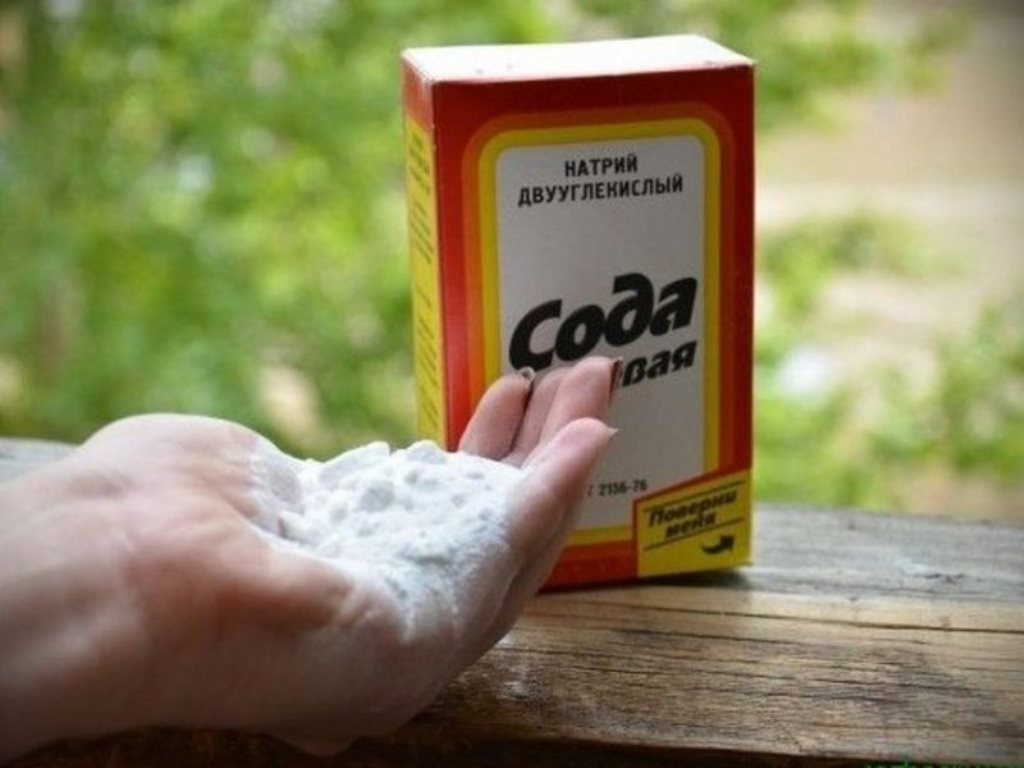
- Herbicidal soap. 5% vinegar and grated laundry soap are added to the salt. All in equal parts. If it turns out too thick, the mixture is diluted with vinegar or liquid soap and water.

How to get rid of weeds on your lawn
Most of the tools described above help, but there are also specific methods.
- Correct lawn mowing. Leave the grass at least 5 cm high. It will not be easy for the weeds to break through such a green canopy.

- Using other herbs. They can seriously help in the fight against weeds, prevent them from germinating. These include: meadow mint, wild bent, microclover, red fescue.

Now you know how you can destroy the grass on the site. Which method to do this depends on your capabilities and specific situation. Sometimes you have to try several methods to find the most effective and acceptable one for yourself. Hope you succeed, good luck.

VIDEO: How to get rid of any weeds in the garden.









